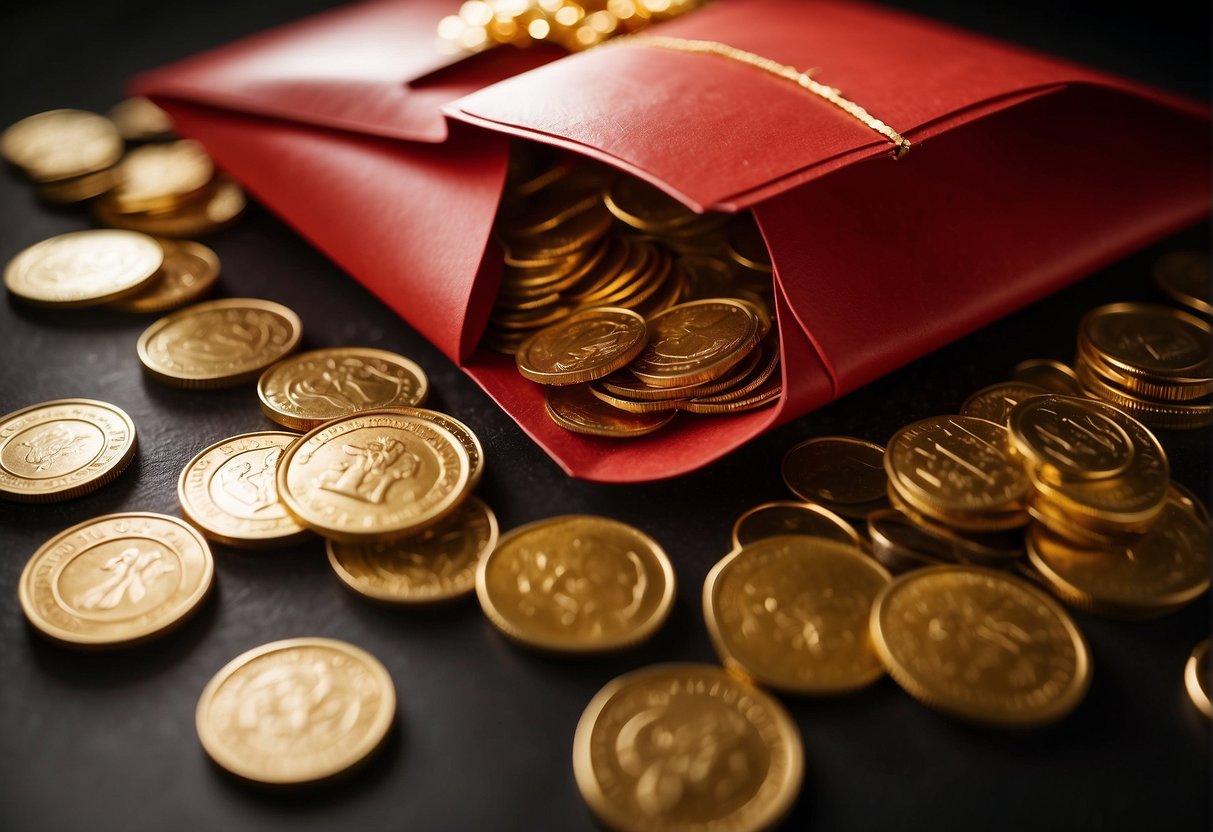The practice of giving money as a gift is common in many cultures around the world. In Brazil, this tradition is known as “Lucky Money”, where money is given as a symbol of good luck and prosperity.
Lucky Money is often given on special occasions such as weddings, graduations and birthdays. It is considered a generous gesture and a way of wishing the recipient success and happiness.
While the value of money given as Lucky Money can vary depending on the occasion and the relationship between the giver and recipient, the gesture itself is more important than the amount of money.
It is a tradition that continues to be valued by many Brazilians and is a way of celebrating and sharing happiness with those who are important to us.
History of Lucky Money
Lucky money is an ancient tradition that dates back to many cultures around the world. Lucky money is believed to bring good luck and fortune to its bearers.
In this section, we'll explore the history of lucky money, including its cultural origins, evolution, and spread.
Cultural Origins
The origin of lucky money dates back to many ancient cultures around the world, including Chinese, Japanese, and Indian culture. In Chinese culture, lucky money is known as “Hongbao” and is given as a gift during Chinese New Year.
In Japanese culture, lucky money is known as “Omamori” and is used as a protective amulet. In Indian culture, lucky money is known as “Shagun” and is given as a gift on special occasions.
Evolution and Dissemination
Over time, lucky money evolved and became more common across the world. Nowadays, many people around the world carry lucky money in their wallets or pockets as a good luck charm. Lucky money is also often used in gambling games such as casino games and lotteries.
In short, lucky money is an ancient tradition that dates back to many cultures around the world. Lucky money is believed to bring good luck and fortune to its bearers. Over time, lucky money evolved and became more common across the world.
Current Practices
Traditions and Customs
Current practices related to Lucky Money are based on Chinese traditions and customs. The exchange of red envelopes containing money is common during celebrations such as Chinese New Year, weddings and other festive occasions.
The red envelope is considered a symbol of good luck and happiness, and is a gesture of respect and gratitude.
Additionally, it is common for envelopes to be given in even numbers as this is considered auspicious.
The amounts given in Lucky Money also follow a certain etiquette: it is important that the amount is an odd amount as this is considered more auspicious than an even amount.
Economic and Social Influence
The practice of Lucky Money has a significant influence on the Chinese economy and society. During Chinese New Year, for example, it is common for people to give Lucky Money to children and young people as a gesture of blessing and prosperity.
This not only helps strengthen family ties, but also stimulates the economy as many people buy new banknotes to put in envelopes.
Additionally, the practice of Lucky Money is also seen as a way to help balance economic inequality.
By giving money to those who are less fortunate, people can help alleviate poverty and social inequality. Therefore, the practice of Lucky Money is seen as a way to promote harmony and solidarity in Chinese society.






